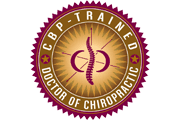Types of back injuries
There are several types of back injuries that can happen, including muscle strains, ligament sprains, herniated discs, and spinal fractures. Each type of injury requires different treatment options, so it’s important to identify the specific type of injury to determine the appropriate course of action. Common symptoms of back injuries include pain, stiffness, and limited range of motion. If you experience any of these symptoms, it’s important to seek medical attention to get an accurate diagnosis and start the right treatment right away.

Symptoms and diagnosis
Doctors usually diagnose back injuries by conducting a physical examination and may order diagnostic tests such as X-rays, MRIs, or CT scans to determine the extent of the injury. Common symptoms of back injuries can include pain, stiffness, numbness, or tingling in the back, as well as difficulty moving or standing upright. It is essential to seek medical attention if you experience any of these symptoms to ensure an accurate diagnosis and effective treatment.
Importance of early treatment
Early treatment of back injuries is crucial for a speedy recovery. Research shows that prompt care can help prevent chronic pain and disability. Immediate medical attention after an injury, along with appropriate examination and adjustments, can significantly improve your chances of a full recovery. Remember that delaying treatment may lead to more complex and long-term issues, so seek professional help as soon as possible.
Treatment options for back injuries
Back injury treatment options include chiropractic adjustments, physical therapy, and in some extreme cases, surgery. Chiropractic adjustments are a common non-invasive treatment method for back injuries. This involves the manual manipulation of the spine to improve motion, restore alignment through muscular balance with the overall effect of reducing pain. Specific stretches and strengthening exercises help to focus on strengthening the muscles surrounding the spine and improving flexibility. For severe cases, surgery may be necessary to address underlying issues. It’s important to consult with a healthcare professional to determine the most suitable treatment option for your specific back injury.
Chiropractic care for back injuries
Chiropractic care focuses on treating back injuries by providing adjustments to the spine. It involves a series of exams and manual adjustments to realign the spine, which can help alleviate back pain and improve mobility. Generally, they may also recommend at-home exercises or lifestyle changes to promote faster healing. Chiropractic care is often sought out as a non-invasive and drug-free option for treating back injuries.
Massage therapy and its benefits
Massage therapy can effectively reduce muscle tension, improve circulation, and promote relaxation. Research suggests that it can help alleviate lower back pain and improve flexibility. Additionally, it can contribute to overall stress reduction and provide a sense of well-being.
Self-care and at-home treatments
Self-care and at-home treatments are essential for managing back injuries. It’s crucial to rest and avoid activities that may exacerbate the injury. Applying ice packs or cold compresses can help reduce inflammation and alleviate pain. Additionally, gentle stretching and strengthening exercises, such as yoga or Pilates, can aid in improving flexibility and muscle support. Consider using over-the-counter pain medications under the guidance of a healthcare professional to manage discomfort. However, it’s important to seek professional medical advice before attempting any at-home treatments to ensure they are appropriate for your specific condition.
Recovery and rehabilitation
Injuries to the back can require a period of recovery and rehabilitation, involving a combination of rest, physical therapy, and chiropractic adjustments. Physical therapy is often used to strengthen the muscles surrounding the spine and improve flexibility. The goal is to gradually return to normal activities and prevent further injury. Specific exercises are tailored to the individual’s needs and can include stretches, strengthening exercises, and posture correction techniques. Chiropractic adjustments can also be beneficial in realigning the spine and reducing pain. These treatments can play a crucial role in restoring function and mobility after a back injury.
Summary and conclusion
In summary, seeking prompt medical attention and following a comprehensive treatment plan is essential for recovering from a back injury. The article has discussed various diagnostic exams, including X-rays, MRIs, and CT scans, as well as treatment options such as physical therapy, medication, and chiropractic adjustments. It’s important to listen to your healthcare provider’s recommendations and actively participate in your recovery process. With appropriate care and patience, many individuals can achieve significant improvement in their back health and quality of life.










